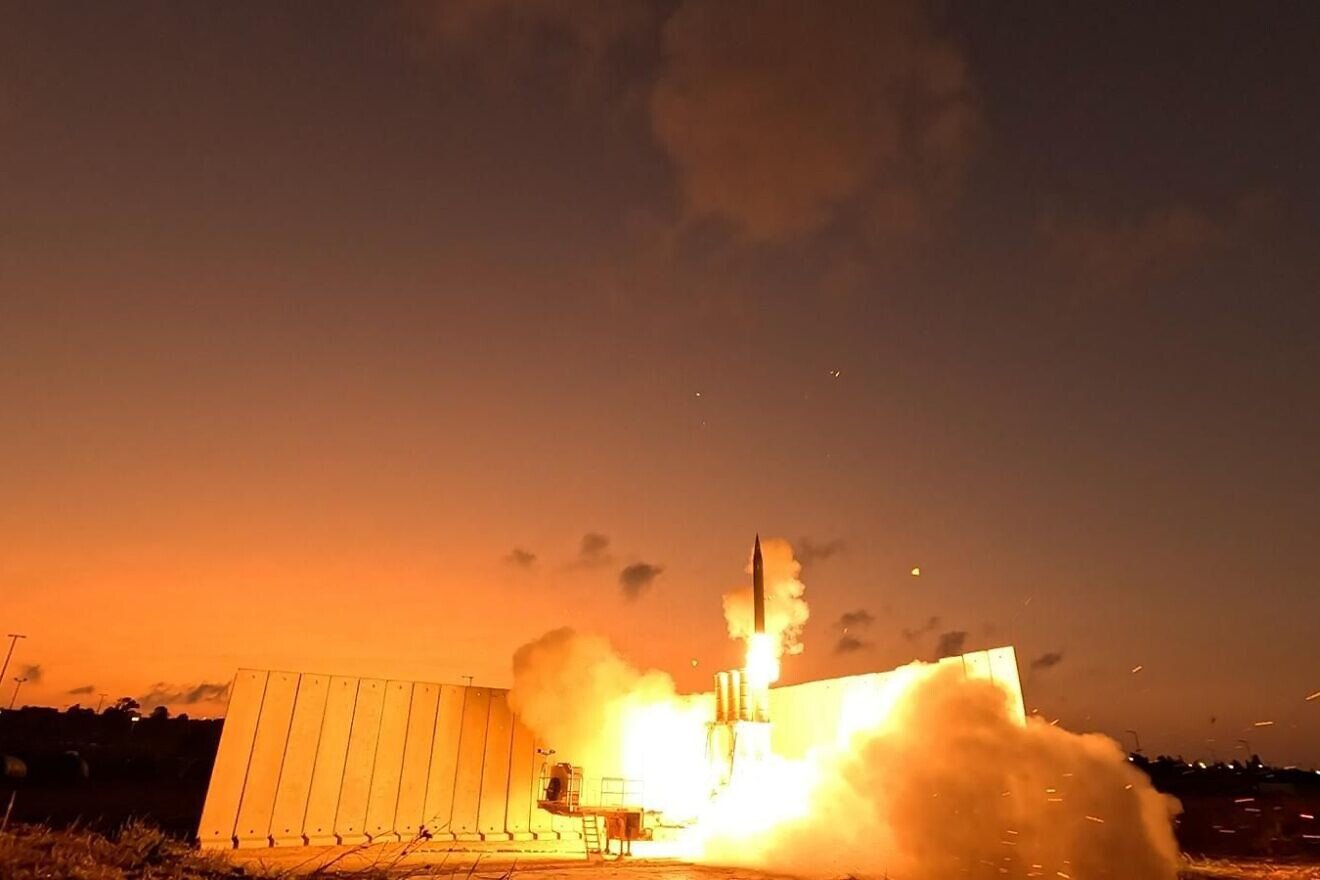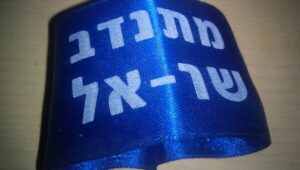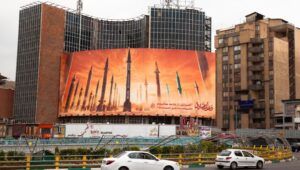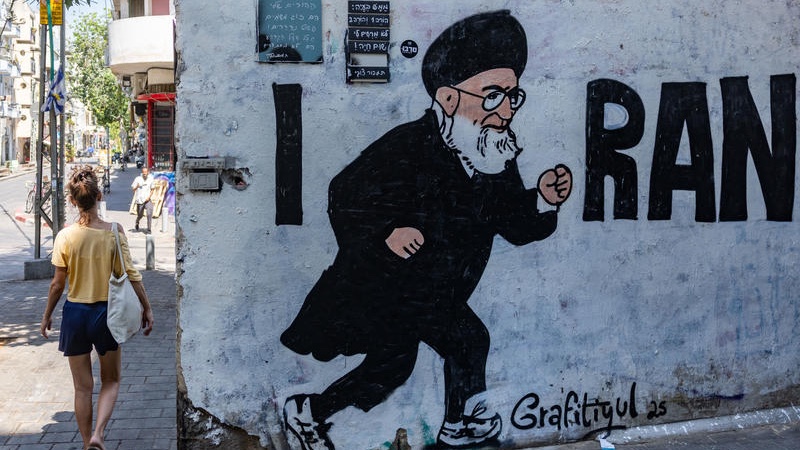(JNS) In the aftermath of the 12-day war with Iran in June, Israel is moving to mass-produce Arrow interceptor missiles that successfully intercepted most of the Iranian ballistic missiles fired at the Jewish state during the conflict.
On July 17, the Israeli Defense Ministry announced it had signed a large-scale contract with Israel Aerospace Industries (IAI) to significantly accelerate the serial production of Arrow interceptors.
In the announcement, the ministry’s director-general, Maj. Gen. (res.) Amir Baram stated, “Israeli defense systems in general, and the Arrow system in particular, demonstrated exceptional capabilities during the war. The numerous interceptions it carried out saved many lives and significantly reduced economic damage.”
He added, “Accelerating the production rate of the Arrow and other critical systems is a central component of the ministry’s strategy to expand production capabilities and improve operational readiness for the continuation of the war and future campaigns.”
Brig. Gen. (ret.) Daniel Gold, head of the Directorate of Defense Research & Development (DDR&D), said, “Accelerating Arrow interceptor production is part of DDR&D’s advanced mass production vision for the defense industries. We aim to massively increase the supply of high-quality defensive and offensive military equipment to the IDF.”
He added, “The current war has highlighted the critical need for expanded production capacity, and advanced manufacturing technologies now allow us to achieve this efficiently. We must maintain our qualitative and quantitative advantage over our enemies.”
In parallel with ramping up production of its current systems, Israel is also developing the next generation of interceptors.
According to the Defense Ministry’s figures, 86 percent of ballistic missiles “launched from Iran toward Israeli territory were successfully intercepted” during the war. Recent months saw the integration of enhanced Arrow versions, including one that came online just one week before the start of Operation Rising Lion on June 13.
System upgrades to Iron Dome and David’s Sling, which intercept lower threats, also occurred. The ministry assessed that Israeli air defenses prevented a level of damage seven times greater than what was sustained.
An estimated 550 ballistic missiles were fired, resulting in 30 fatalities and hundreds of injuries across dozens of impact sites in Israel.
More than 99% of unmanned aerial vehicles (drones) fired by Iran were intercepted during the war.
As the dust settled, analysts began to debate the tactical lessons from the missile war. A July 15 report in The Wall Street Journal claimed that Iran had altered its missile tactics mid-conflict in an attempt to overcome Israel’s missile shield.
However, Dr. Uzi Rubin, a senior researcher at the Begin-Sadat Center for Strategic Studies and the former founder and director of the Arrow missile defense project, offered a different interpretation.
“The report in the WSJ, even if the data is correct, is wrong in its conclusions,” Rubin told JNS. “In my opinion, the change in the Iranian launch profile during the war was intended to reduce the rate of destruction of their launchers by Israel, not to break through the defense system.”
Rubin also validated the official interception statistic, providing crucial context. “Regarding the announcement of an 86% interception rate, it seems reasonable to me with the understanding that this is not 86% of all Iranian missiles fired, but 86% of those that were engaged (meaning that an attempt was made to intercept them). The operational requirement in my time for the Arrow 2 was 80%,” he explained.
Arrow 3 intercepts ballistic threats in space, while Arrow 2 operates in the upper atmosphere, providing multiple opportunities for interception.
The ministry’s statement also cited IAI President and CEO Boaz Levy, who stated, “Since the war began, we have operated at full capacity to meet Israel’s security needs across air, sea, land, and space, while continuously developing new systems for future challenges, including the Arrow 4 system.”
Rubin explained that “Arrow 4 is intended to replace Arrow 2 at the same interception altitudes but with modern systems and a significantly lower price.”
The official Israeli Air Force website revealed in recent days that the IAI-made Barak air defense system also took part in interceptions, shooting down dozens of threats from Iran the first days of operational deployment of the system.
“Barak system’s primary mission is to neutralize aerial threats, including UAVs and long-range missiles, with extremely short reaction times. It now stands alongside the Israeli air and missile defence array in securing the skies, significantly reinforcing the sense of safety on the ground,” said the IAF.
In June 2023, Rafael Advanced Defense Systems unveiled its “Sky Sonic” interceptor, the first system of its kind developed to defend against hypersonic missiles that have complex maneuverability in the upper atmosphere.
According to Rafael, the Sky Sonic is designed for “unprecedented maneuverability and high-speed capabilities,” allowing it to neutralize hypersonic threats that current air defense systems are not designed to handle.














